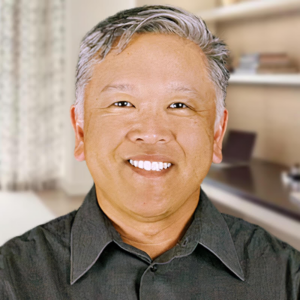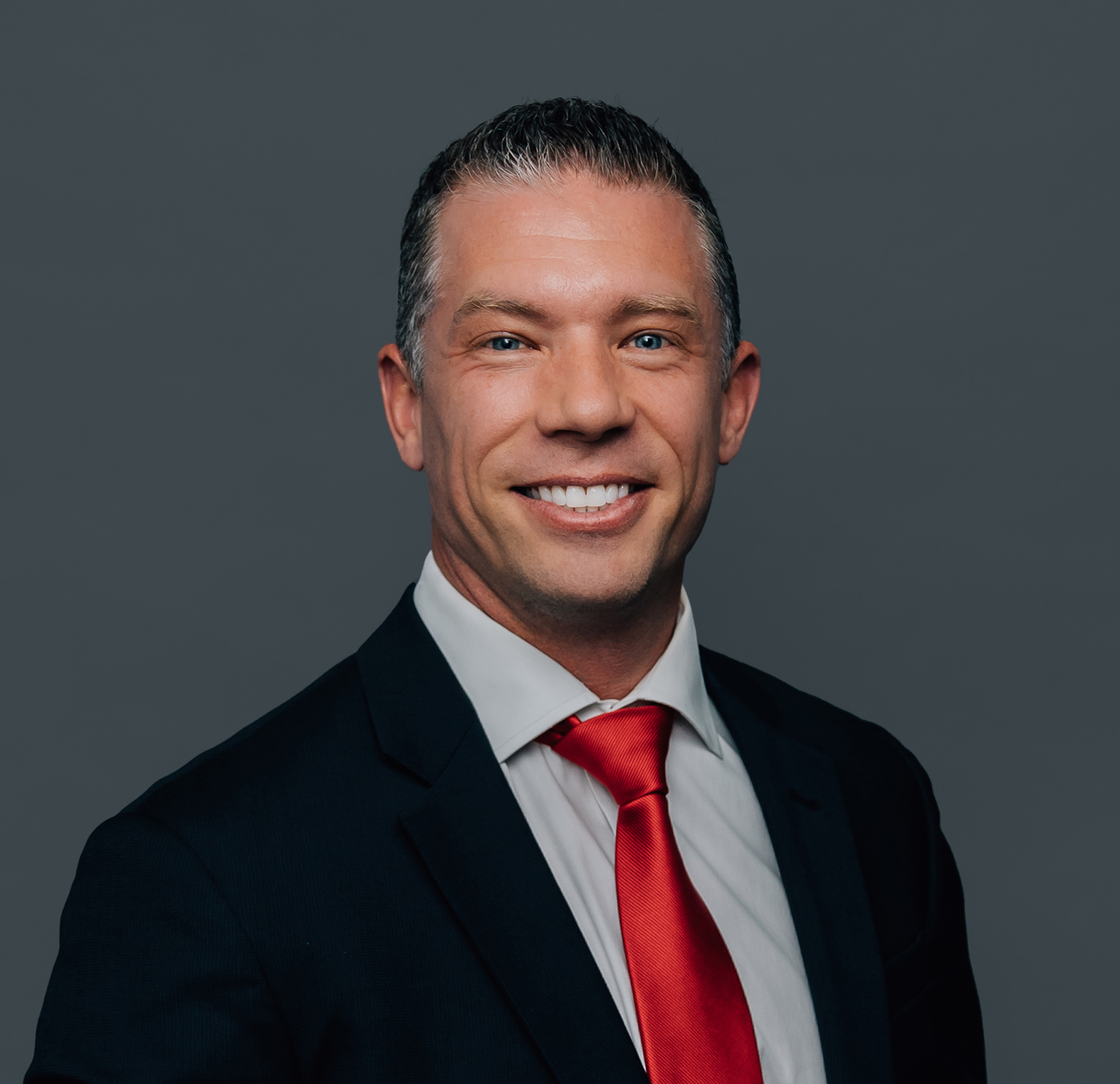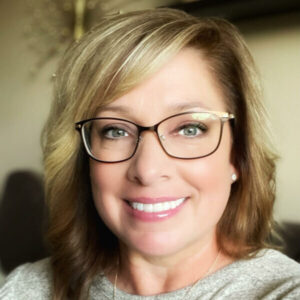I’ve mentioned before that the profitability of a practice has many factors. I’ve told you that one factor, such as asking price, shouldn’t necessarily be a deal breaker. That being said, there is another factor that is a huge deal. Any guesses?
Drum roll please … office collections. Why? Because there has to be enough money coming into the practice to justify the time, energy, emotions and expense you’re going to take on as a business owner.
So many times, a client will bring me an office that is collecting around $400,000. The appeal is that they will have a smaller loan so it’s not so much of a financial risk… or so they think. There are a few things I want to make sure you understand about these “modified start-ups” as I like to call them.
One thing I hear all time from hopeful clients like this is “this office has a lot of potential.” Really? How do you know that? If it had so much potential, why wasn’t the seller taking advantage of some simple opportunities you’ve identified?
Maybe the seller is only working 2-3 days a week; maybe she’s just doing hygiene procedures; maybe she’s not trying to recruit new patients.
Maybe you can change these three things and see it blossom into the practice you’re wanting.
However, as much as I wish I did, I don’t have a crystal ball to be able to tell you “Yeah, this one will work.” All we have to go off of is that dangerous word “maybe.”
Is it possible to take a practice like this and turn it around? Yes, but it’s much more of a gamble—and a LOT more work. More likely, the cheap practice you’re looking at is struggling for a reason and that reason is usually not that the owner isn’t as smart as you.
As a general rule of thumb, I strongly encourage you to ignore any practice that is not collecting at least $750,000, preferably $800,000+.
Most often, practices collecting over this amount, especially in the $1,000,000 range, have a proven track record, proven staff, a proven patient base, etc. These practices will put more money in your pocket on day one than a modified start-up, even after a bigger loan payment.
On top of being well-run, the projected cash flow in practices this size tends to provide enough income to cover your practice loan, student loans and still give you the lifestyle you’ve worked so hard to have.
Now, the two most influential factors that go into assessing the profitability of an office are the office collections and the office overhead. Next week we’ll go into overhead in greater detail, however, I wanted to mention a little bit about the relationship between collections and overhead.
Every business has expenses. You need to have a place to practice; you can’t just invite people into your living room to drill and fill.
You need staff to provide care; you can’t own a business, check patients in, collect payments, file insurance claims, perform hygiene duties and sterilize all the equipment yourself.
You need supplies to perform your procedures.
These are standard expenses. The less money you have coming into the office, the less you have as a buffer after paying these expenses. Your overhead will be higher and you’ll have less money in your pocket.
On the flip side, the more revenue that is coming into the office, the more money you have left over for your non-essential expenses if you want to gussy up the office a bit or have money to go to Hawaii for two weeks.
Why not have that money as soon as possible? Why not look to see if you find a practice that doesn’t require so much risk and stress?
There’s stress owning a business — even when it’s well-run. Don’t make it harder on yourself by adding the additional stress of trying to get it up and running.






